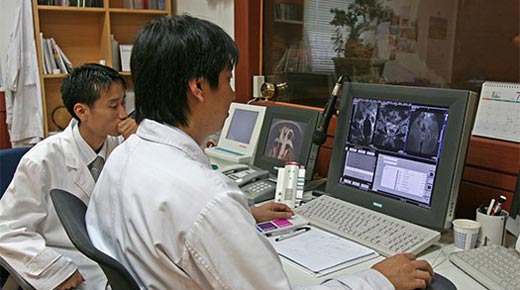Design controls are a necessary part of your requirements as a medical device developer.
If you’re in the medical device industry, you may think that design controls are a confusing imposition on your processes. But they’re a necessary part of your requirements as a medical device developer, and I’ve noticed that this area tends to be rife with misconceptions, confusion, and generally making things into a bigger deal than they really need to be.
|
ADVERTISEMENT |
That being said, there are some areas that I’d like to address to help medical device engineers navigate their way more easily through design controls requirements. Let’s take a look:
1. Don’t believe the misconceptions
Probably the biggest misconception about design controls is that they equal a heavy load of burdensome documentation. People who believe this also often believe statements like: “Following good design controls will only slow down our product development” and, “Design controls will stifle innovation in our business.”
…

Add new comment